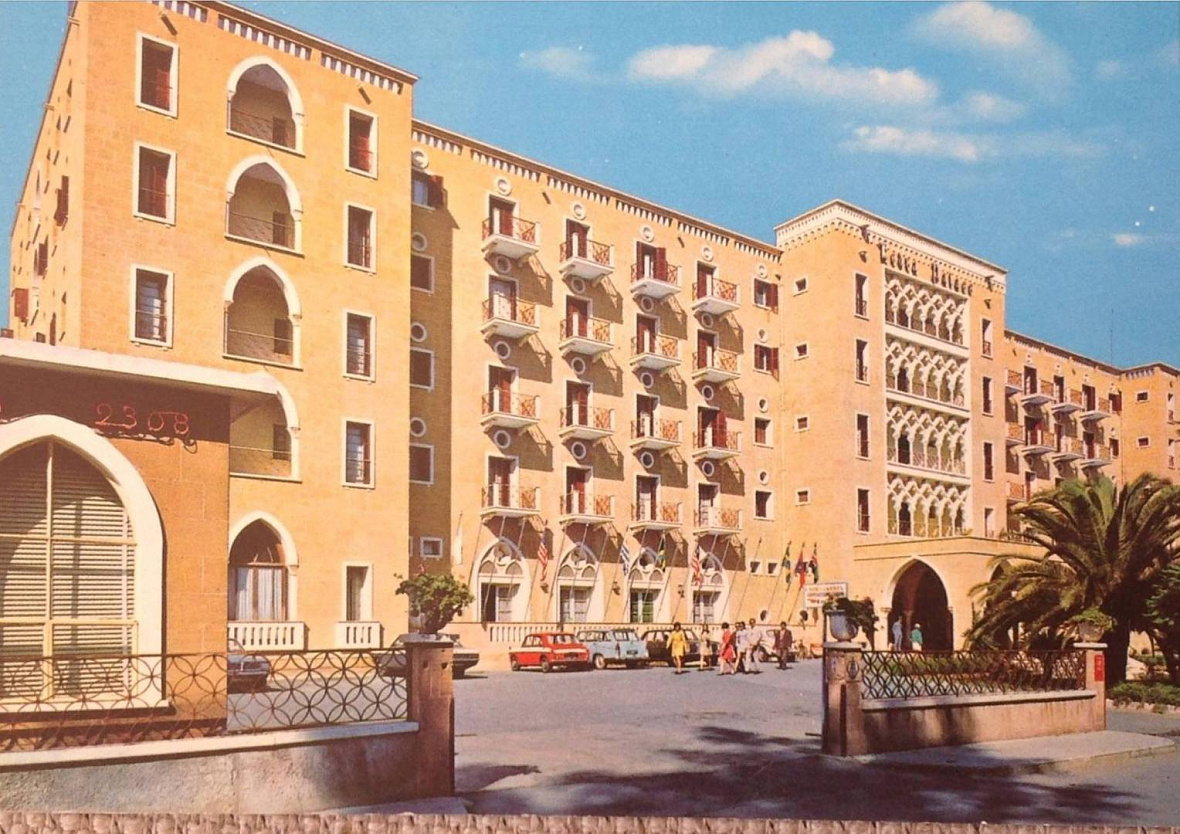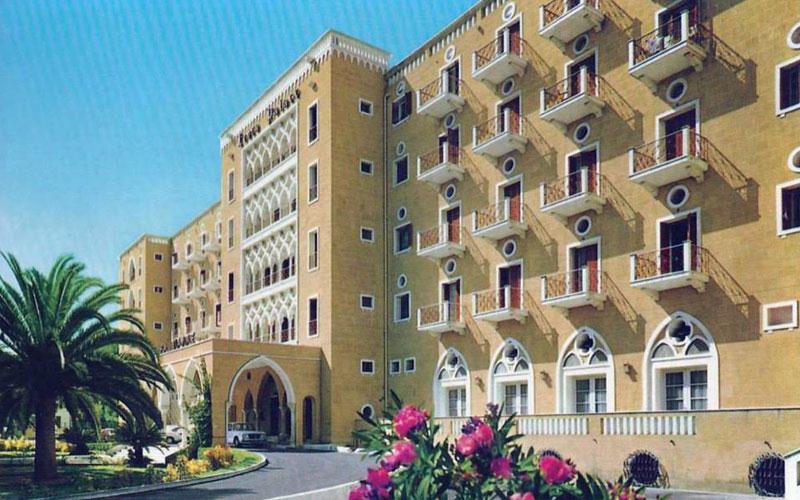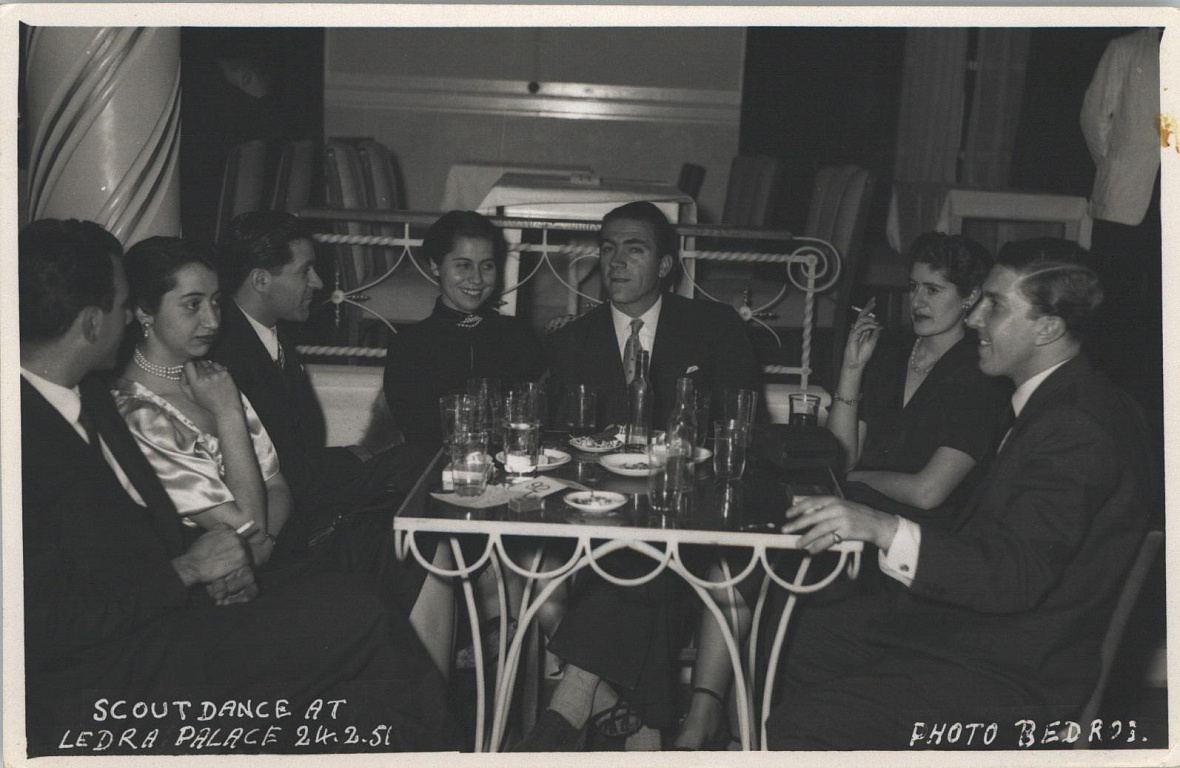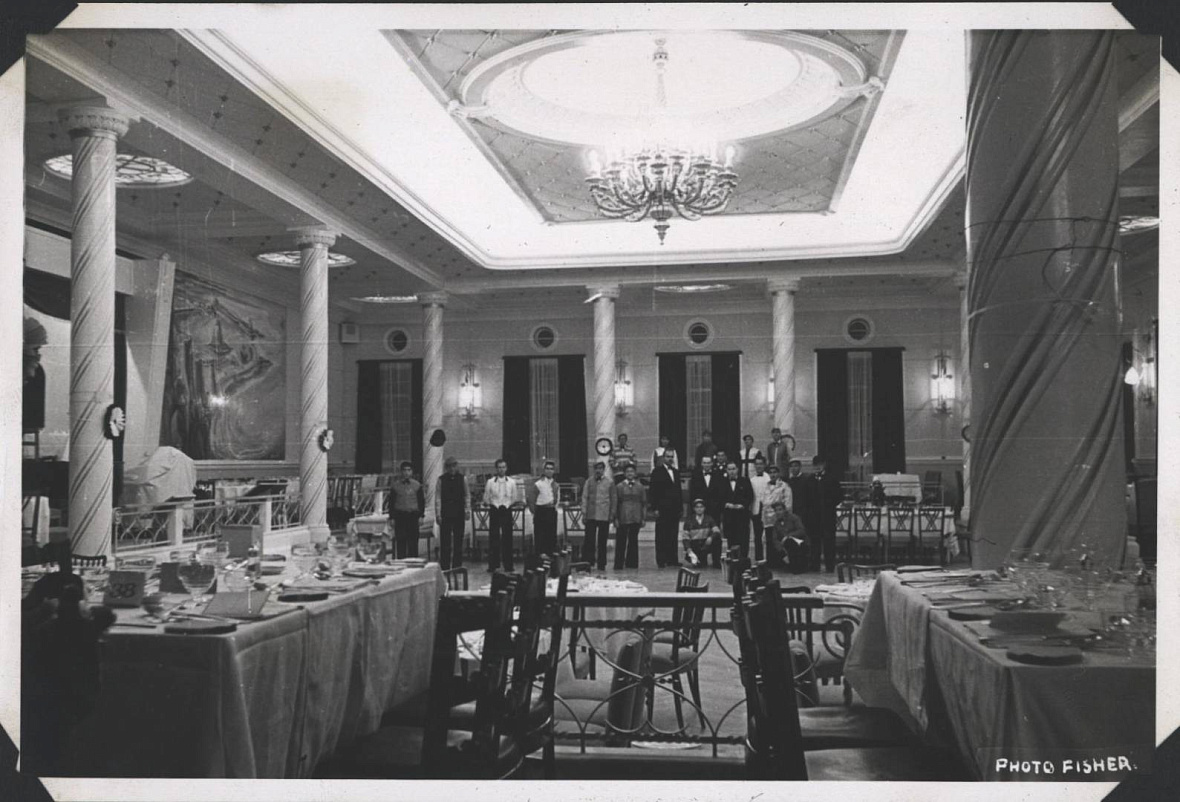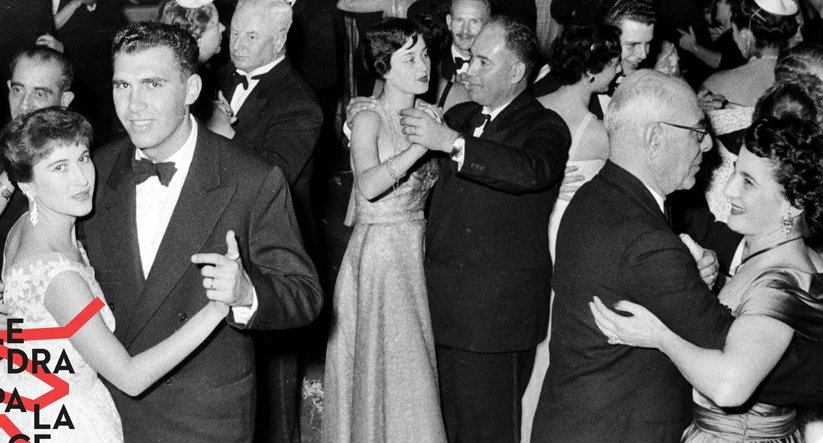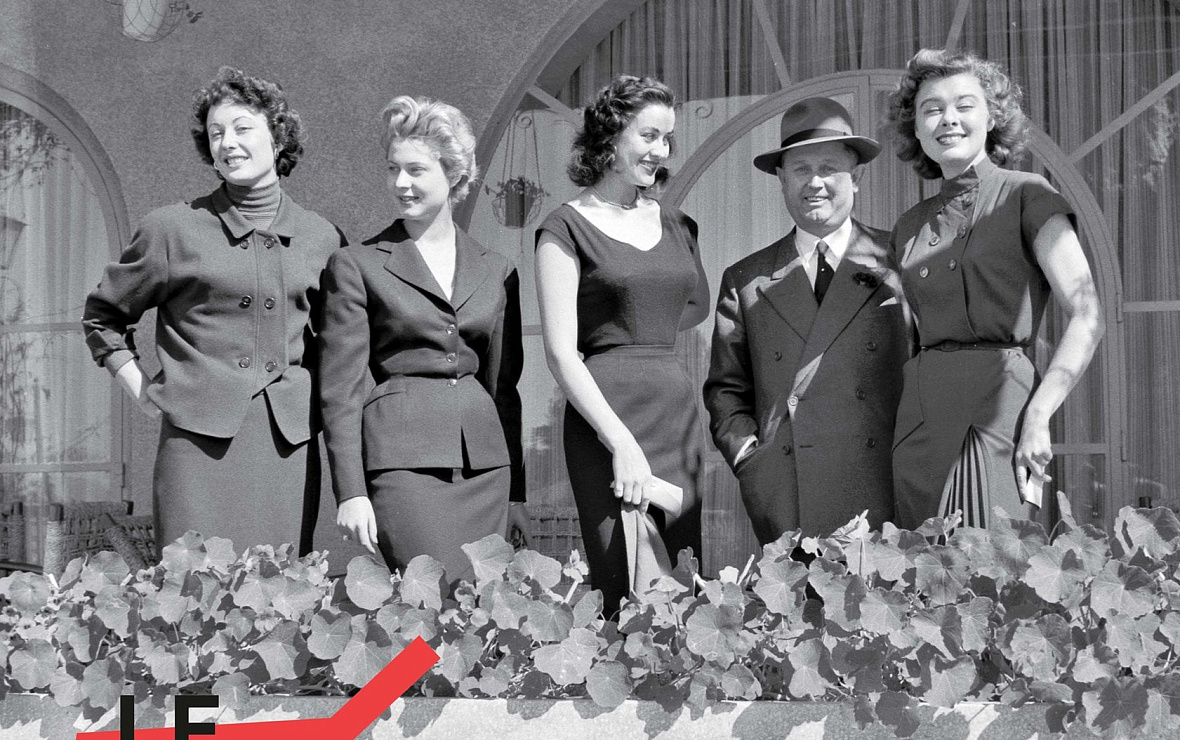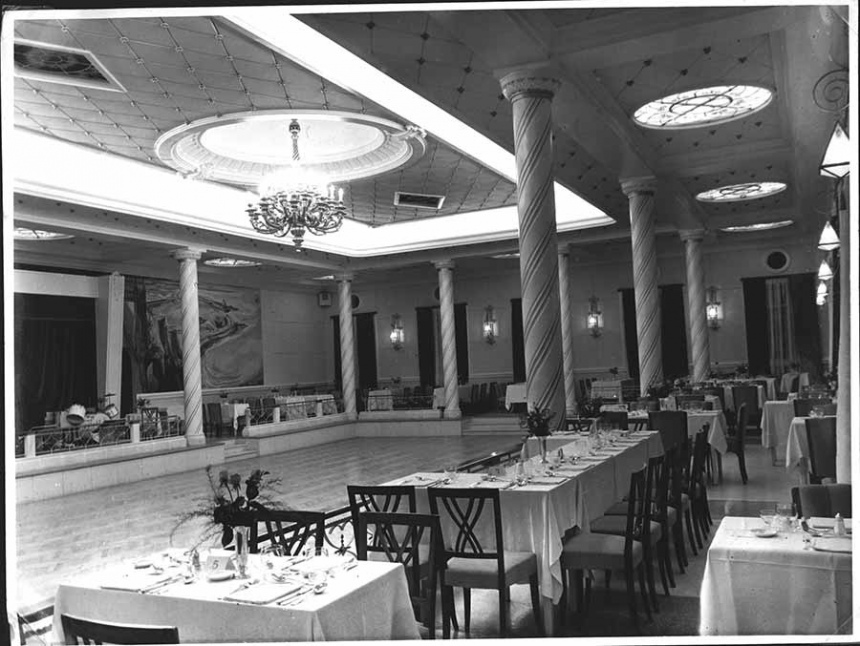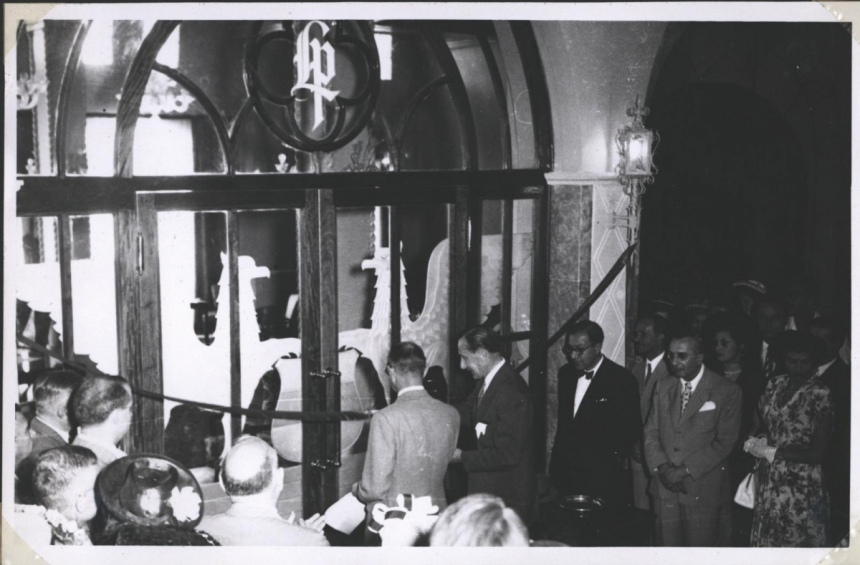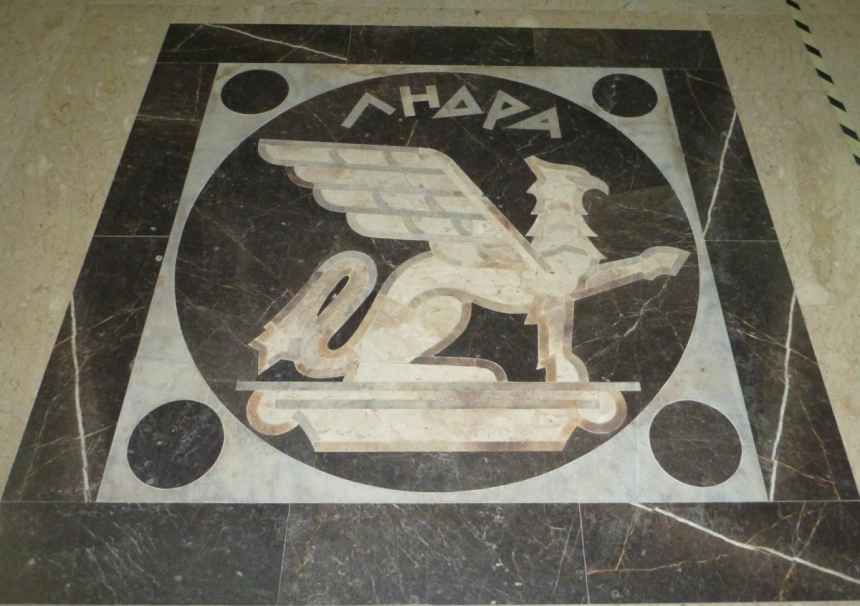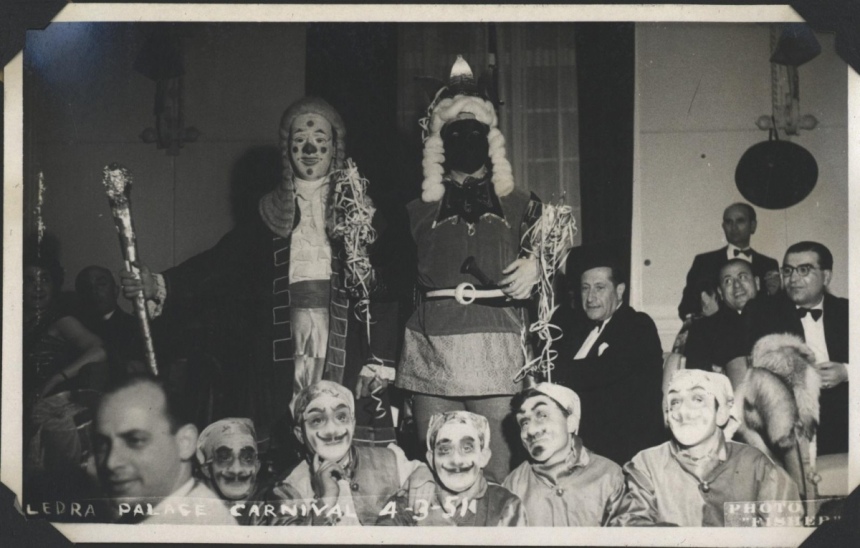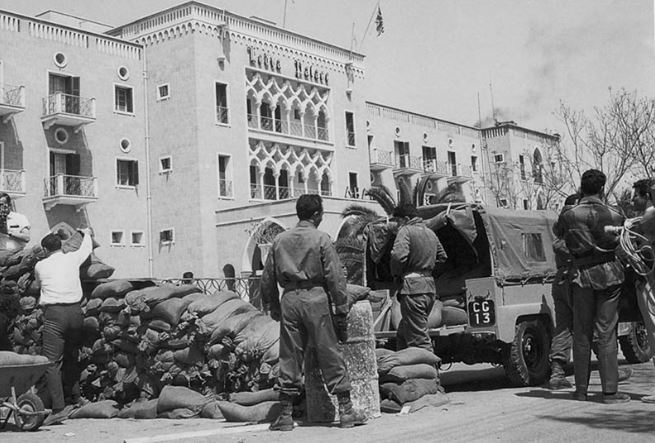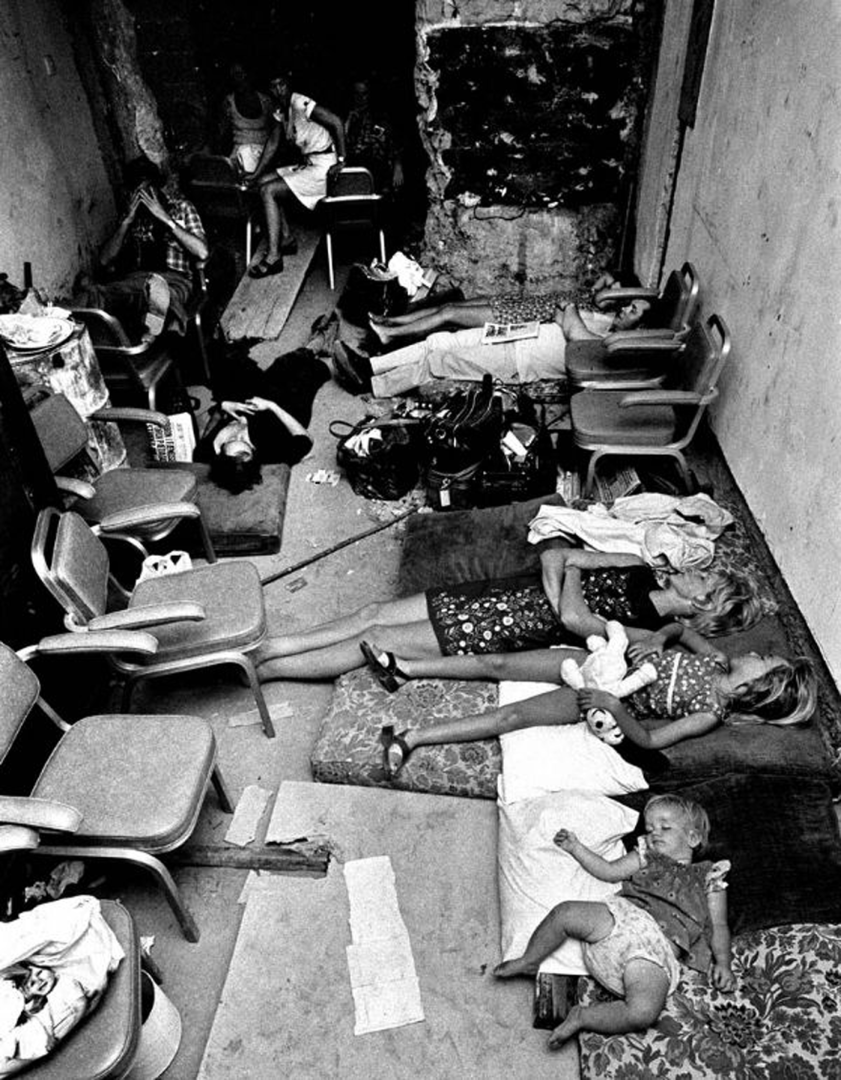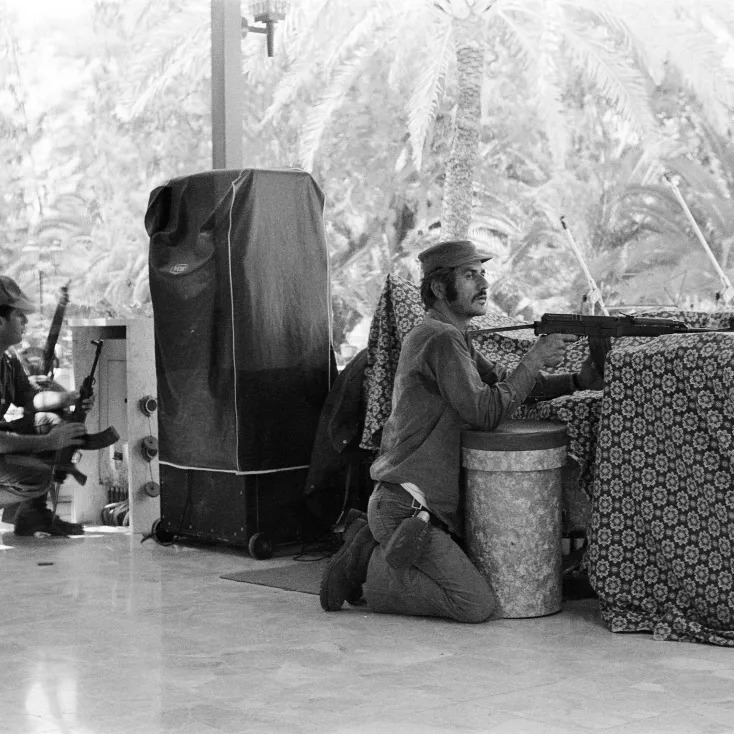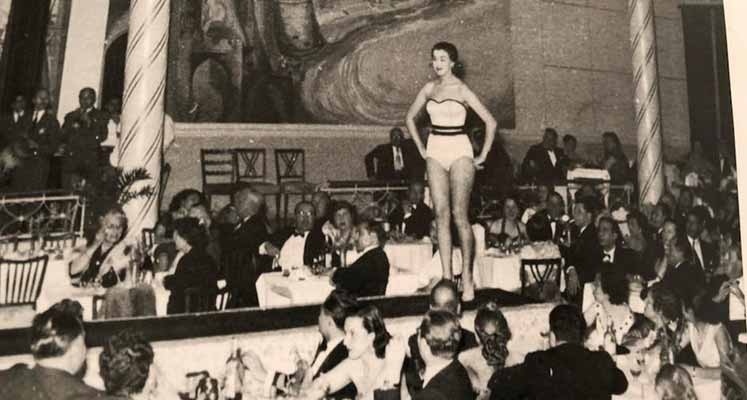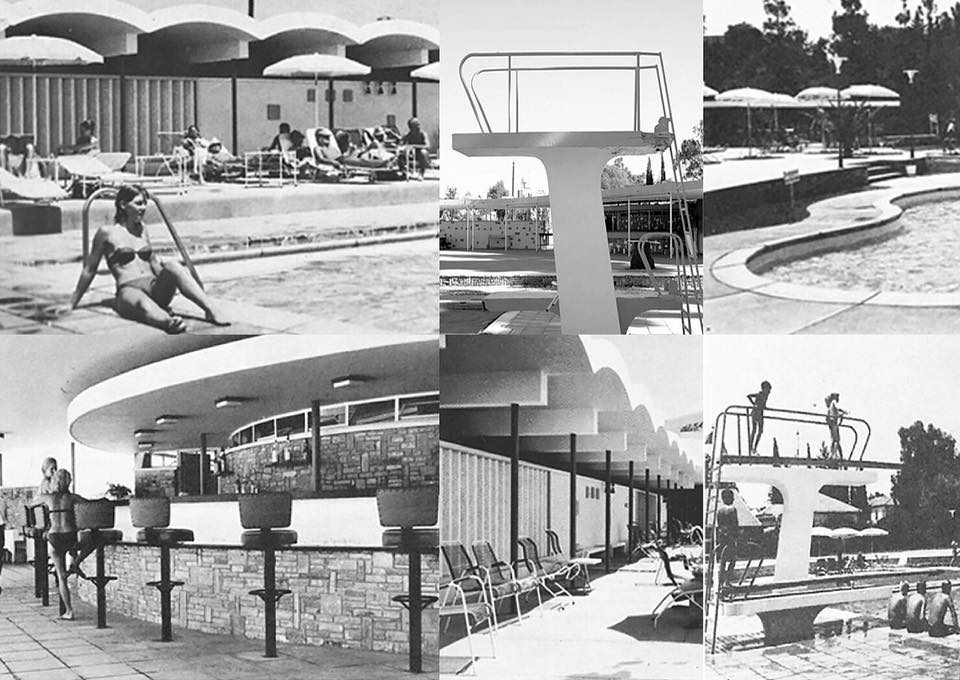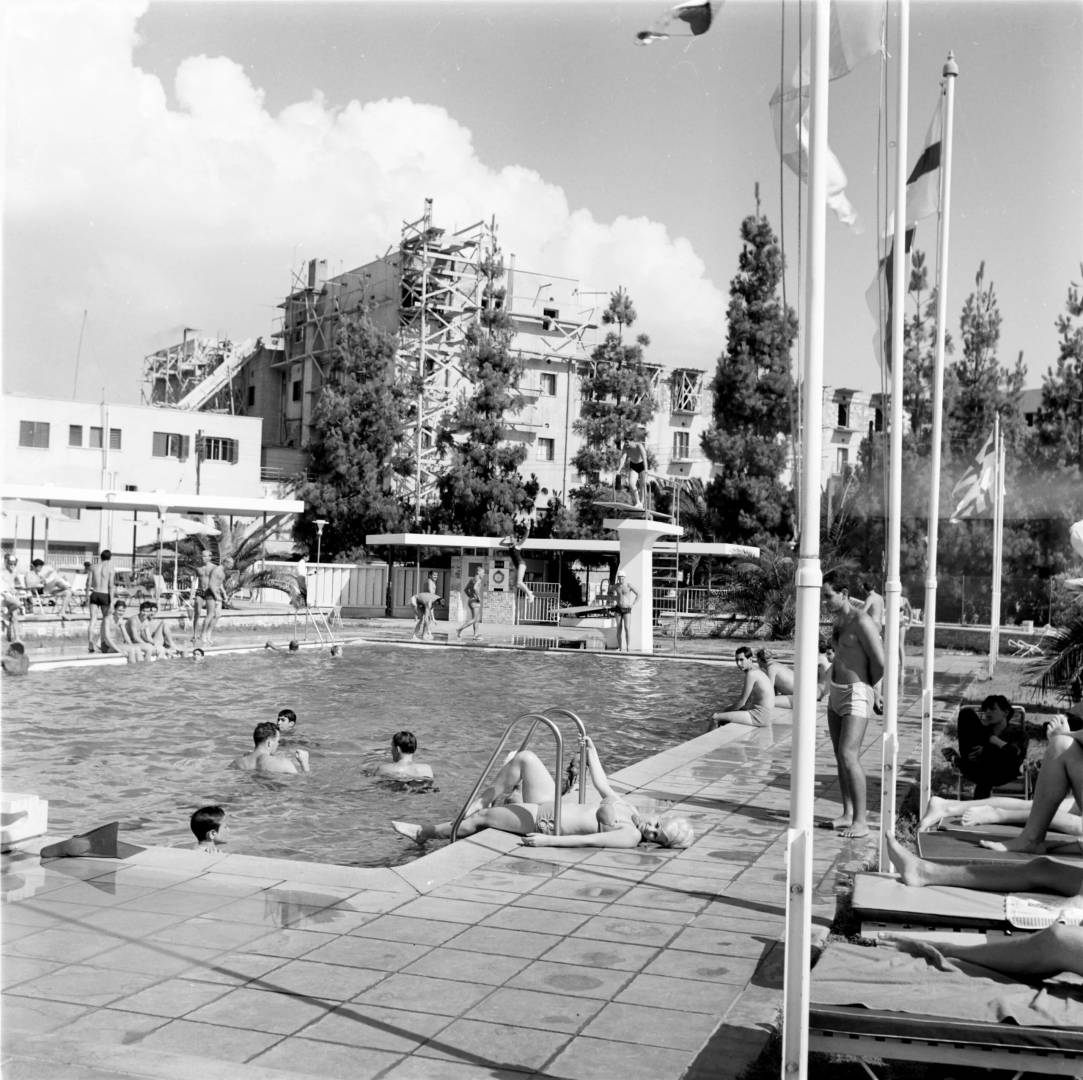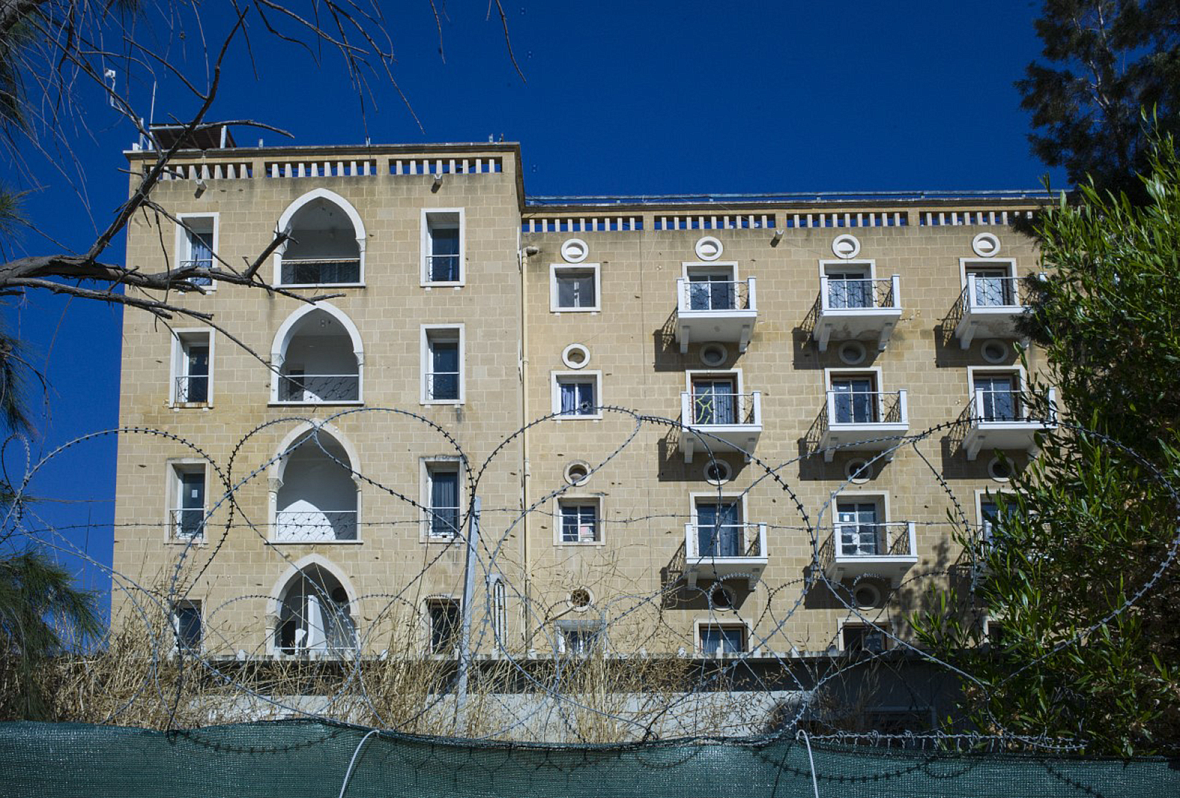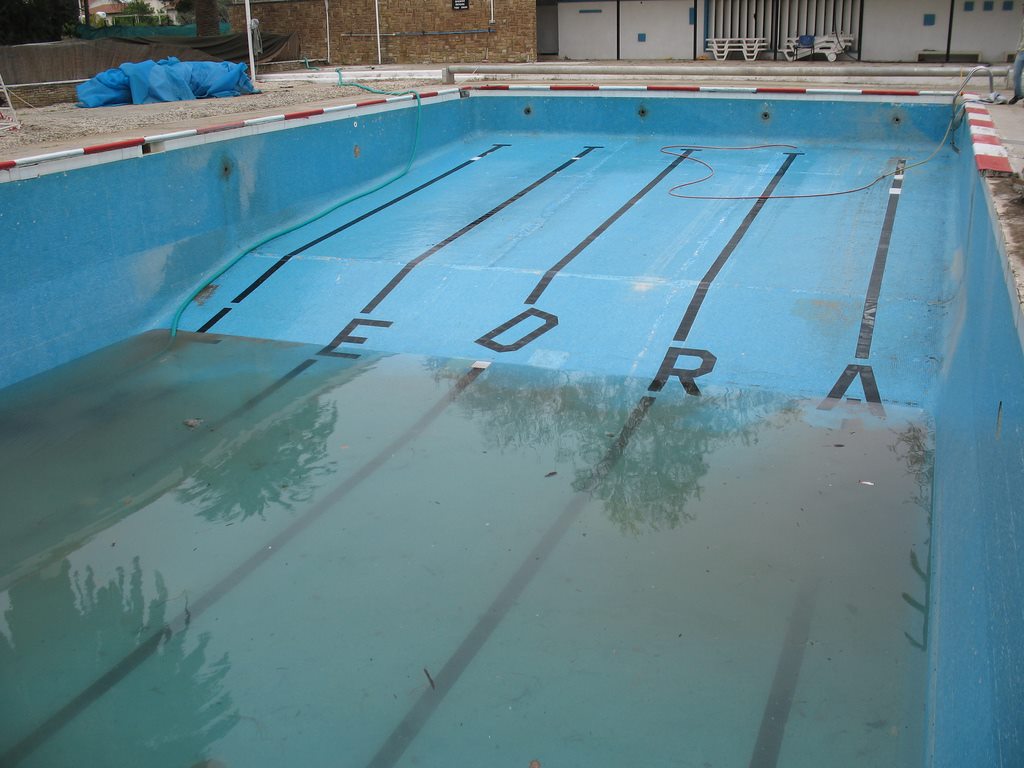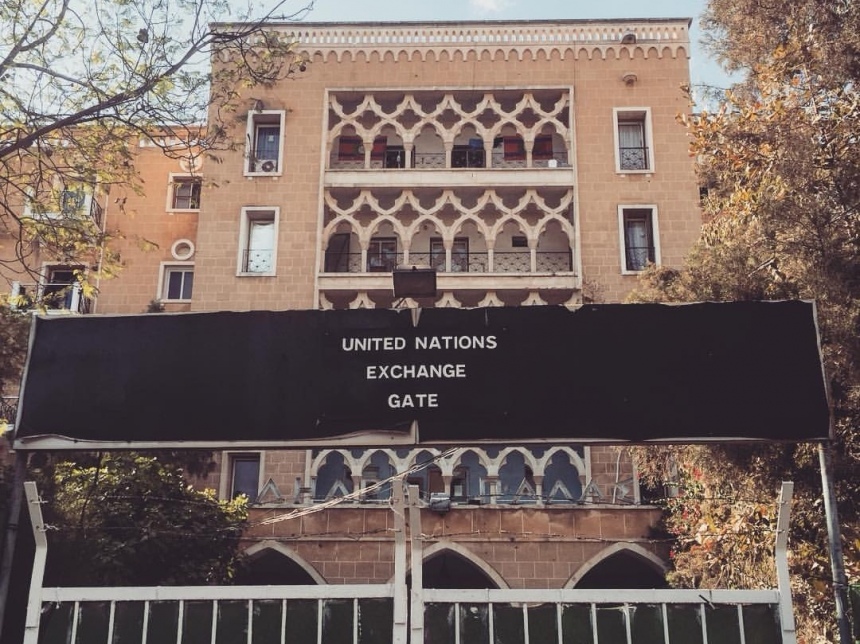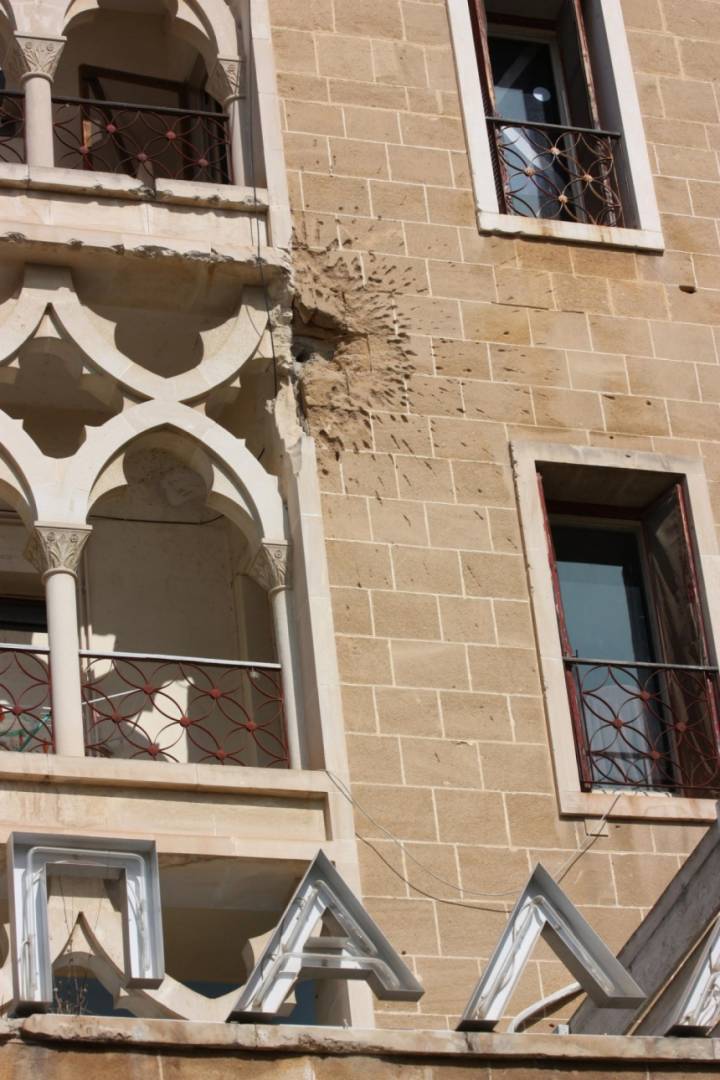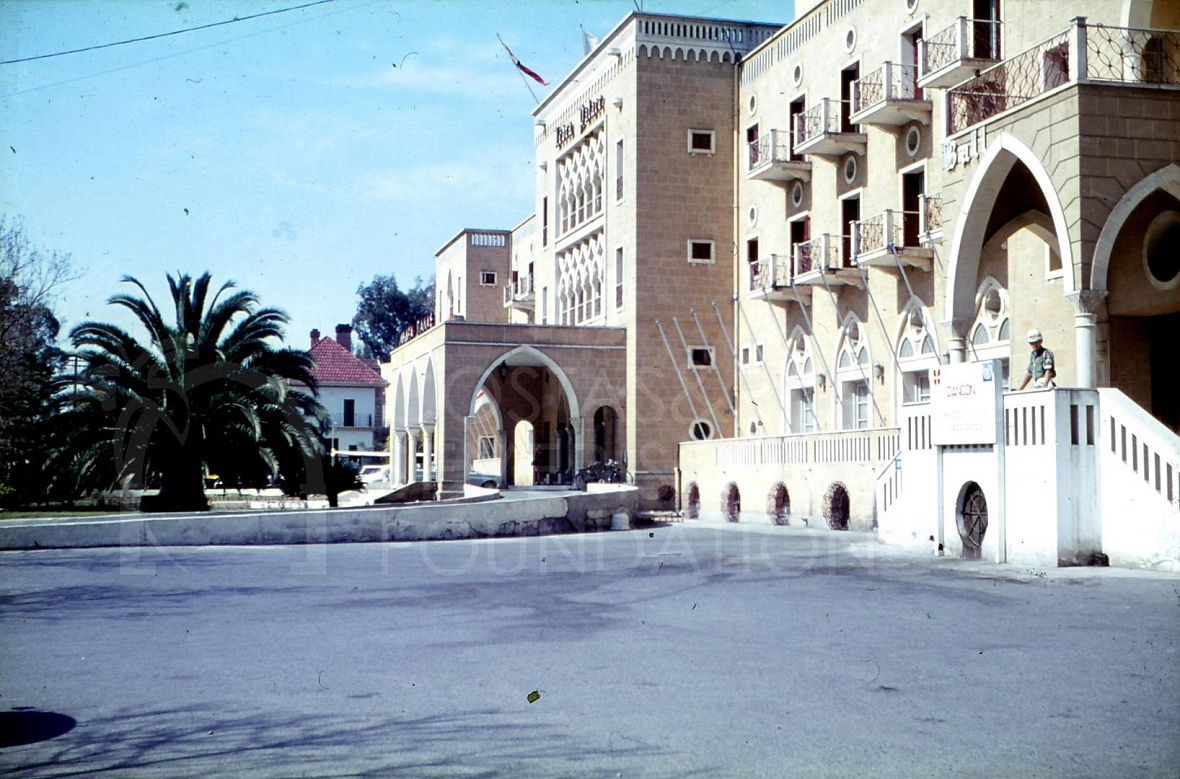In Cyprus, there are numerous historical buildings that not only symbolize certain eras but also bear witness to tragic events.
The Ledra Palace Hotel is the most famous Cypriot hotel, and its corridors and rooms still preserve unique memories.
Located in Nicosia, within the buffer zone, it serves as the residence for UN forces. Its history began after the end of World War II when tourism on the island was in its infancy.
While some were crafting lace and others riding donkeys, Cypriot hotelier Georgios Skirianides decided to open a luxury hotel in the capital of Cyprus. By that time, he already owned the luxurious Forest Park Hotel in Platreres and had some experience in the hospitality business. In 1947, Skirianides shared his idea with businessman Dimitrios Zerbinis from Alexandria and Nicosia's vice-mayor Georgios Pulias, and they were intrigued by the hotelier's proposal.
Without much hesitation, the men established the company Hotels Cyprus, with the primary goal of bringing this ambitious project to life. The development of the project was entrusted to the German architect Benjamin Günsberg, known for designing another renowned hotel, the Curium Palace in Limassol, which has been recently demolished. The construction of the Ledra Palace Hotel took two years, and no expenses were spared, leading the final costs to significantly exceed the initial budget. A majority stake in the hotel ended up with an Egyptian businessman who invested a significant portion of the funds.
On October 8, 1949, the 5-star hotel, costing more than 200,000 pounds sterling, opened its doors to the first visitors.
The grand opening ceremony was attended by the British Governor, Sir Andrew Wright. The opening of the new hotel in Nicosia was a real sensation as such high-level hotels had not been constructed on the island before. By the way, only the most expensive and high-quality materials were used for the decoration and interior of the Ledra Palace Hotel: marble from Greece, chandeliers, and furniture from Italy. The parquet in the hotel's ballroom was made of oak, adorned with two frescoes by Angelopoulos—one depicting Venice, and the other featuring Kyrenia Castle. Even the bedspreads were custom-made from the finest materials. All rooms had hot and cold water, central heating, and telephones.
The Ledra Palace Hotel became the most luxurious and largest hotel on the island, with 94 bedrooms and 150 deluxe sleeping accommodations. On the hotel's premises, there were two restaurants, two bars, and a café, which gained immense popularity. Additionally, it had a tennis court and a ballroom with an orchestra, where the most famous musical groups from Europe, Lebanon, and Egypt performed.
In just a couple of months, Ledra Palace Hotel became a magnet for the representatives of the upper society living in Cyprus, including the Greek, Turkish, English, and Armenian elites. The hotel was filled with stars, politicians, and businessmen. Over the years, the hotel hosted various notable figures, including American actress Elizabeth Taylor, King Farouk I of Egypt and Sudan, and the first cosmonaut of the planet, Yuri Gagarin! Once, the 36th President of the United States, Lyndon Johnson, visited the Ledra Palace Hotel. Due to his tall height (1.92 meters), the hotel administration had to urgently buy a King Size bed for him since he couldn't fit into a standard one.
In 1952, due to the military coup in Egypt and financial difficulties, Dimitrios Zerbinis was forced to sell the controlling stake of the hotel to the British holding company Trust House Forte. Worried that the British might resell the shares to the Turks, Louis Hotels and the Cyprus Orthodox Church took a loan from Barclays Bank and bought 67% of the shares. Two years later, the church acquired the shares of Ledra Palace that belonged to Louis Hotels, becoming the main owner of the Ledra Palace Hotel until 1955. On April 1, the underground organization of Greek Cypriots, EOKA, which aimed to expel the British and annex Cyprus to Greece, declared war on the British. By coincidence, Ledra Palace Hotel found itself at the center of the events. On the night of November 28, 1955, when the British elite was celebrating St. Andrew's Day, EOKA threw a grenade into the hotel's ballroom. As a result of the explosion, four people were seriously injured.
In an instant, Ledra Palace Hotel transformed from a multicultural to a monocultural space. The British and Turkish elites no longer visited the hotel. For a long time, the hotel's clients consisted of incoming tourists and middle to upper-class Greek Cypriots. Only in 1960, when Cyprus gained independence from Britain (except for the sovereign bases of Akrotiri and Dhekelia), the Greek and Turkish elites started visiting Ledra Palace Hotel again. In 1962, the hotel was equipped with open swimming pools for adults and children, a playground, and tennis courts.
With the onset of inter-communal conflict in December 1963, the hotel's clientele changed once more. The escalating tension eventually erupted into numerous ethnic conflicts from both sides, so Turkish Cypriots could now only see the hotel and its pool from behind barricades. For many years, the only Turkish Cypriots who visited the hotel for negotiations were community leaders.
In 1968, when the government began negotiations with the Turkish Cypriots under the auspices of the UN to discuss changes to the Constitution, the hotel once again started to regain its multicultural atmosphere. In 1967-1968, two more floors were added to the hotel, increasing its capacity to 200 rooms. However, on July 5, 1974, a military coup took place on the island, during which the terrorist organization of Greek Cypriots, EOKA, overthrew the first President of Cyprus, Archbishop Makarios III. In response, Turkish authorities, seeing this as a threat to their interests on the island, landed 30,000 troops who occupied about 35% of the island's territory. As a result, Cyprus was divided into two parts, with a "Green Line" (UN buffer zone) established between them. Crossing the demarcation line became nearly impossible, creating a physical and social barrier between the Greek and Turkish communities.
During the turmoil, there were attempts to bomb Ledra Palace Hotel. In order to prevent emergencies and protect the peaceful occupants, UN peacekeepers were stationed in the hotel. Since then, almost 50 years have passed, and they are still there. Ledra Palace Hotel serves as the headquarters for the United Nations Peacekeeping Force in Cyprus (UNFICYP) Sector 2. The ballroom, where the Cypriot elite once danced in celebration of the proclamation of the independent Republic of Cyprus, now serves as a venue where political leaders from both sides occasionally meet for negotiations.
To be fair, it must be said that the hotel is currently in a deplorable state and requires major renovation. Its exterior and interior have changed beyond recognition, and little remains to remind of its glorious past. Today, more than 70 years after the construction of Ledra Palace Hotel, its future remains uncertain, just like the future of the Cyprus problem.
You can find detailed information about all projects in Nicosia from the specialists of the number one real estate agency in Cyprus, DOM, by phone at +357 22 030670, or in person at the following address: Archiepiskopou Makariou III 1, Lakatamia 2324, Nicosia, Cyprus.
Also, read:

